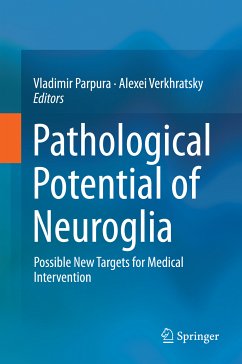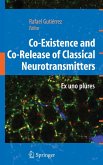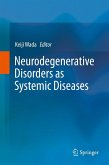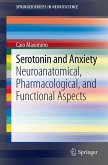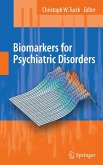Pathophysiological states, neurological and psychiatric diseases are almost universally considered from the neurocentric point of view, with neurons being the principal cellular element of pathological process. The brain homeostasis, which lies at the fulcrum of healthy brain function, the compromise of which invariably results in dysfunction/disease, however, is entirely controlled by neuroglia. It is becoming clear that neuroglial cells are involved in various aspects of initiation, progression and resolution of neuropathology. In this book we aim to integrate the body of information that has accumulated in recent years revealing the active role of glia in such pathophysiological processes. Understanding roles of glial cells in pathology will provide new targets for medical intervention and aide the development of much needed therapeutics. This book will be particularly useful for researchers, students, physicians and psychotherapists working in the field of neurobiology, neurology and psychiatry.
Dieser Download kann aus rechtlichen Gründen nur mit Rechnungsadresse in A, B, BG, CY, CZ, D, DK, EW, E, FIN, F, GR, HR, H, IRL, I, LT, L, LR, M, NL, PL, P, R, S, SLO, SK ausgeliefert werden.
From the book reviews:
"This is comprehensive, up-to-date book on an often neglected area of neuroscience, neuroglia. It will provide interested readers with everything they need to know. Written and edited by an international team of researchers in the field, it is a welcome addition to the neurological and psychiatric literature." (Michael Joel Schrift, Doody's Book Reviews, February, 2015)
"This is comprehensive, up-to-date book on an often neglected area of neuroscience, neuroglia. It will provide interested readers with everything they need to know. Written and edited by an international team of researchers in the field, it is a welcome addition to the neurological and psychiatric literature." (Michael Joel Schrift, Doody's Book Reviews, February, 2015)

